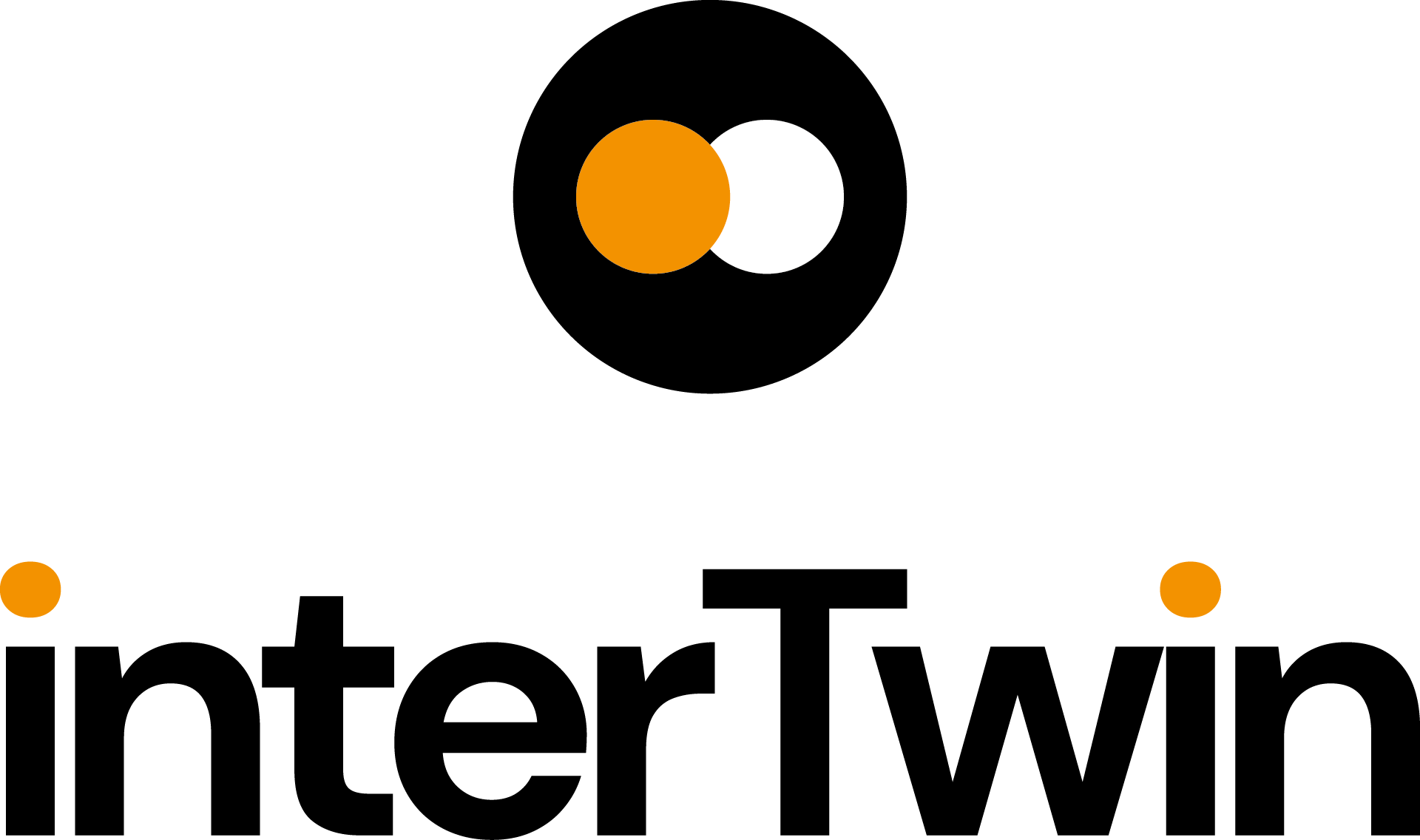
The interTwin Digital Twin Engine (DTE) Thematic Modules are a collection of specialised software components designed and developed by the scientific communities themselves – the ones participating in the project, from across the environmental and physics domains. These modules provide the domain-specific tools and intelligence that transform the DTE from a powerful framework into a […]
The interTwin Digital Twin Engine (DTE) Thematic Modules are a collection of specialised software components designed and developed by the scientific communities themselves - the ones participating in the project, from across the environmental and physics domains. These modules provide the domain-specific tools and intelligence that transform the DTE from a powerful framework into a truly application-ready platform. Whether simulating the subtle patterns of climate change, modelling flood impacts, or enhancing the sensitivity of gravitational wave detection, each module has been shaped by real scientific needs and a co-design process that kept users involved at every stage.
Over the course of the project, 29 thematic modules were delivered – 20 supporting the environmental DT applications and nine supporting the physics ones. The environmental modules cover areas such as climate analytics, Earth observation processing, and hydrological modelling, while the physics modules address high-energy particle simulations, noise filtering in radio astronomy, and advanced tools for gravitational wave analysis. All modules are released as open-source software, backed by detailed documentation, ensuring they remain reusable long after the project ends.
The biggest achievement of WP7 was not just creating powerful tools, but integrating them into the DTE ecosystem so they can be combined, scaled, and reused with ease. Through open standards, containerisation, and consistent APIs, the modules interact seamlessly with the infrastructure and core services developed in other work packages. This means a climate modelling tool can work hand-in-hand with a machine learning module, or a hydrological simulation can plug directly into advanced data management services – without custom integration work. The result is a flexible, future-proof toolbox for building sophisticated, data-driven Digital Twins.
Integration, however, brought its own set of challenges. With modules developed utilising different technologies, by different teams, and often on different timelines, coordinating dependencies and ensuring smooth interaction with the DTE core required careful planning and continuous testing. Some modules needed additional adaptation to align with evolving infrastructure services, while others faced bottlenecks due to the availability of test environments or large-scale datasets. Overcoming these hurdles was a collaborative effort across work packages, and the lessons learned will inform future large-scale integration efforts.

